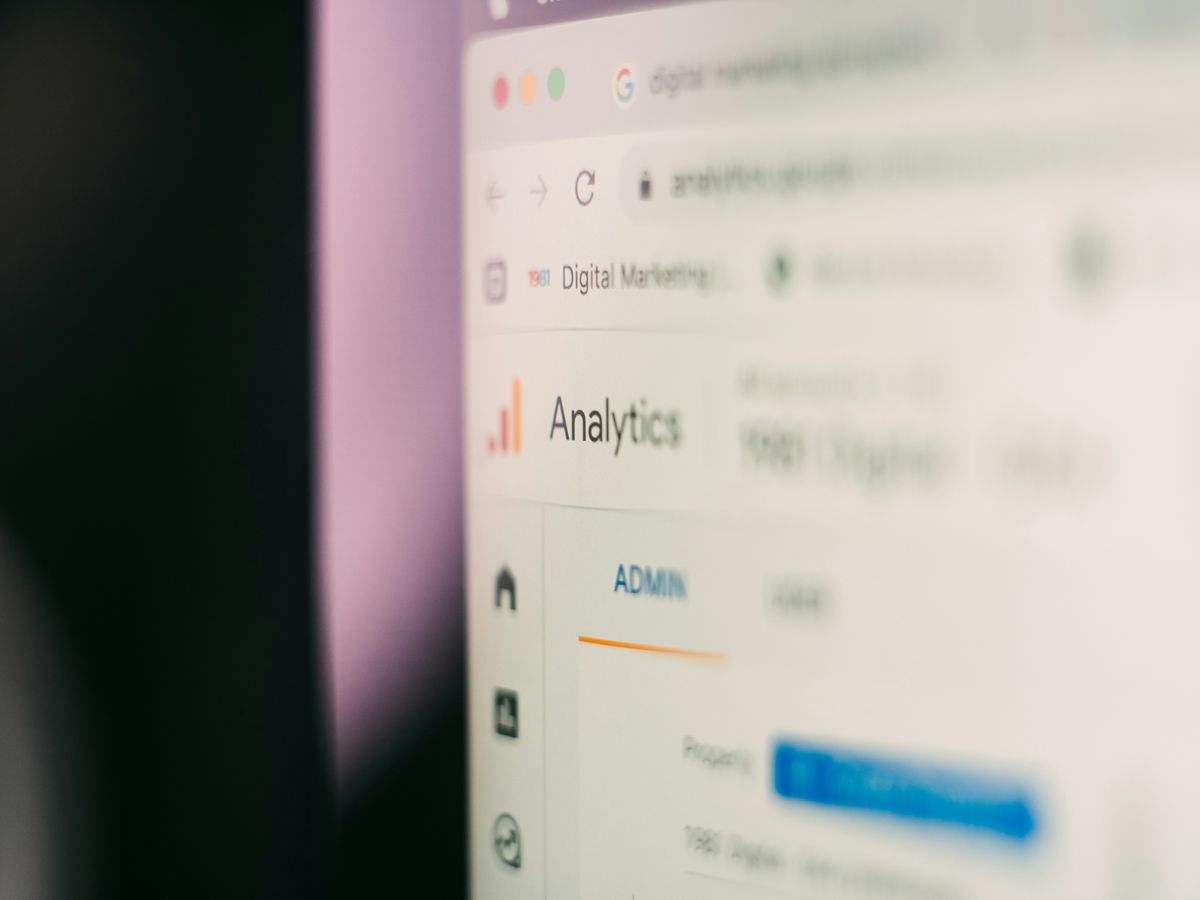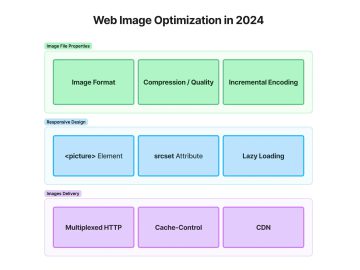In the ever-changing world of SEO, trying out new strategies can help boost your website’s visibility. This article explores various SEO experiments that can enhance your site’s performance and rankings. From optimizing content for featured snippets to leveraging video content, these experiments are designed to help you stay ahead in the digital landscape.
Key Takeaways
- Focus on creating clear and engaging content to target featured snippets.
- Use videos to make your content more appealing and improve traffic.
- Implement internal linking to enhance user navigation and SEO.
- Ensure your site is fast and meets Core Web Vitals for better user experience.
- Optimize for voice search to capture more traffic from smart devices.
Optimizing Content for Featured Snippets

Identifying Opportunities for Featured Snippets
To start, we need to find the right keywords that can lead to featured snippets. We can do this by checking Google for questions related to our content. If we see a question that matches our topic and has a snippet, that’s our opportunity! Here are some steps to identify these chances:
- Search for your target keywords on Google.
- Look for questions in the search results.
- Note which questions have featured snippets.
Structuring Content for Snippet Optimization
Once we know the questions, we can structure our content to answer them clearly. Using bullet points or numbered lists can help make our answers stand out. Here’s how we can do it:
- Start with a clear answer to the question.
- Use headings to break up sections.
- Include a summary at the top of the page.
Measuring the Impact of Snippet Optimization
After making changes, we should track how our content performs. We can use tools like Google Analytics to see if our traffic increases. Here’s what to look for:
- Check the number of visitors to the page.
- Look at the average time spent on the page.
- Monitor the bounce rate to see if people are leaving quickly.
By focusing on featured snippets, we can improve our visibility and attract more visitors to our site. This is a smart way to enhance our SEO strategy!
In summary, optimizing for featured snippets involves identifying the right opportunities, structuring our content effectively, and measuring the results. Let’s keep experimenting to see what works best!
Leveraging Video Content for SEO
Creating Engaging Video Content
When we think about video content, it’s clear that it plays a huge role in attracting visitors to our site. Videos can boost engagement and keep people on our pages longer. Here are some tips for creating engaging video content:
- Keep it short and to the point.
- Use clear visuals and sound.
- Make sure the content is relevant to your audience.
Embedding Videos on Key Pages
Once we have our videos ready, the next step is to embed them on important pages. This can help improve our SEO. Here’s how we can do it:
- Choose the right pages that need a video.
- Use platforms like YouTube or Vimeo to host the video.
- Embed the video on the page without slowing it down.
Analyzing Traffic Changes Post-Implementation
After embedding our videos, it’s crucial to check how they affect our traffic. We can track changes by:
- Monitoring page views before and after adding the video.
- Checking the average time spent on the page.
- Looking at bounce rates to see if visitors are staying longer.
Adding video content can significantly enhance our website’s performance. It not only attracts more visitors but also keeps them engaged longer, which is essential for SEO success.
By leveraging video content effectively, we can improve our SEO strategy and provide a better experience for our users. Let’s explore how this can lead to better rankings and more traffic!
Enhancing On-Page SEO with Internal Linking


Identifying Key Pages for Internal Links
To improve our website’s SEO, we need to focus on internal linking. This means connecting our pages to each other. Here are some steps we can take:
- Find important pages that we want to rank higher.
- Look for related content that can link to these pages.
- Use tools to see where we can add links.
Best Practices for Internal Linking
When we create internal links, we should follow some best practices:
- Use descriptive anchor text that tells users what to expect.
- Link to relevant pages that add value to the reader.
- Avoid overloading a page with too many links; keep it natural.
Monitoring the Effects of Internal Linking
After we add internal links, it’s important to check how they perform. We can:
- Track changes in page rankings.
- Analyze user behavior to see if they are clicking on the links.
- Adjust our strategy based on what works best.
By focusing on internal linking, we can enhance our site’s usability and improve our SEO. Google shares tips to improve SEO through internal links, so let’s make sure we’re using them effectively!
Improving Page Speed and Core Web Vitals


Tools for Measuring Page Speed
To start, we need to know how our website is performing. We can use tools like Google PageSpeed Insights and GTmetrix to check our scores. These tools give us a clear picture of how fast our pages load and how they perform on Core Web Vitals. Here’s a quick look at what these tools measure:
| Tool | Measures |
|---|---|
| Google PageSpeed Insights | Overall page speed and performance |
| GTmetrix | Page load time and performance scores |
Techniques to Enhance Core Web Vitals
Improving our page speed and Core Web Vitals can be done through several techniques:
- Optimize images: Make sure images are not too large. Use formats like JPEG or WebP for better compression.
- Minimize JavaScript and CSS: Reduce the amount of code that needs to load. This can speed up our pages significantly.
- Use a Content Delivery Network (CDN): A CDN can help deliver our content faster by using servers closer to our users.
Evaluating the Impact on User Experience and Rankings
After making these changes, we should keep an eye on how they affect our website. Here are some things to look for:
- User engagement: Are visitors staying longer on our pages?
- Bounce rate: Are fewer people leaving our site quickly?
- Search rankings: Are we moving up in search results?
Improving our page speed is not just about numbers; it’s about creating a better experience for our users. Faster websites lead to happier visitors.
By focusing on these areas, we can enhance our website’s performance and potentially boost our rankings in search results. Let’s take action and see the difference!
Utilizing Voice Search Optimization
Understanding Voice Search Queries
Voice search is becoming a big part of how we find information online. Many people use voice assistants like Siri, Alexa, and Google to ask questions. This means we need to think about how our content answers those questions. Here are some key points to consider:
- Focus on natural language. People speak differently than they type. Use conversational phrases in your content.
- Think about questions. Most voice searches are questions. Make sure to answer common questions related to your topic.
- Use local SEO. Many voice searches are local. Include local keywords to help your business show up in those searches.
Optimizing Content for Voice Search
To make our content more voice-search friendly, we can follow these steps:
- Identify common questions related to our topic.
- Create content that answers these questions clearly and directly.
- Use bullet points or numbered lists to make information easy to read.
Tracking Performance in Voice Search Results
After optimizing for voice search, we need to track how well our changes are working. Here’s how we can do that:
- Use analytics tools to see if traffic from voice searches increases.
- Monitor rankings for keywords we targeted.
- Adjust our strategy based on what works and what doesn’t.
By focusing on voice search, we can reach more people and improve our SEO. Let’s make sure our content is ready for this growing trend!
In summary, optimizing for voice search is essential. We should think about how people ask questions and structure our content accordingly. This will help us stay ahead in the SEO game and connect with our audience better.
Remember, natural language processing can transform our approach to content optimization, making it more engaging for users!
Experimenting with Structured Data


Structured data is a way to help search engines understand our content better. By using it, we can make our pages more appealing in search results. This can lead to higher click-through rates!
Types of Structured Data to Implement
- Article: Helps search engines understand the content of our articles.
- Product: Useful for e-commerce sites to showcase products.
- Event: Great for promoting events and making them easy to find.
Best Practices for Adding Structured Data
- Use Google’s Structured Data Markup Helper to create the code.
- Test our structured data with Google’s Rich Results Test tool.
- Keep our structured data updated to reflect any changes in our content.
Assessing the Benefits of Structured Data
To see how structured data impacts our site, we can track metrics like:
- Click-through rates: Are more people clicking on our links?
- Search visibility: Are we appearing more often in search results?
- User engagement: Are visitors spending more time on our pages?
By implementing structured data, we can provide clearer information to search engines, which can improve our visibility online.
In conclusion, experimenting with structured data is a smart move. It helps us communicate better with search engines and can lead to more traffic. Let’s not miss out on the SEO opportunities that structured data can offer!
Conducting A/B Tests for SEO
Setting Up SEO A/B Tests
When we think about improving our website’s performance, A/B testing is a powerful tool. It allows us to compare two versions of a webpage to see which one performs better. Here’s how we can set it up:
- Choose a Page: Pick a page that gets a good amount of traffic.
- Create Variants: Make a small change to the page, like altering the headline or the call-to-action (CTA).
- Split Traffic: Use a tool to send half of the visitors to the original page and half to the new version.
Analyzing Results from A/B Tests
After running our tests for a while, we need to analyze the results. We should look at:
- Conversion Rates: How many visitors took the desired action?
- Bounce Rates: Did visitors leave the page quickly?
- Engagement Metrics: How long did visitors stay on the page?
We can use a simple table to track these metrics:
| Metric | Original Page | Variant Page |
|---|---|---|
| Conversion Rate | 5% | 7% |
| Bounce Rate | 40% | 30% |
| Average Time Spent | 1:30 mins | 2:00 mins |
Implementing Successful Changes Based on A/B Tests
Once we have our results, it’s time to make decisions. If the variant page performs better, we can implement those changes permanently. Continuous testing is key; we should regularly A/B test different elements of our pages to find what works best.
A/B testing helps us make informed decisions, ensuring we boost our conversions effectively.
By following these steps, we can confidently improve our SEO strategies and enhance our website’s performance.
Exploring the Impact of EAT (Expertise, Authoritativeness, Trustworthiness)
Incorporating EAT into Content
When we think about EAT, we realize that it stands for Expertise, Authoritativeness, and Trustworthiness. These three elements are crucial for creating content that not only attracts readers but also keeps them engaged. To effectively incorporate EAT into our content, we can:
- Ensure that our articles are written or reviewed by experts in the field.
- Include author bios that highlight the credentials of the writers.
- Use credible sources and data to back up our claims.
Evaluating EAT Signals
To evaluate how well we are doing with EAT, we can look at several signals:
- User engagement metrics, like time spent on the page.
- The number of backlinks from reputable sites.
- Social media shares and mentions.
These signals can help us understand if our content is being perceived as trustworthy and authoritative.
Measuring the Influence of EAT on Rankings
Measuring the impact of EAT on our rankings can be tricky, but it’s essential. We can track changes in our search rankings and organic traffic after implementing EAT strategies. Here’s a simple table to illustrate this:
| Metric | Before EAT Implementation | After EAT Implementation |
|---|---|---|
| Average Ranking Position | 15 | 8 |
| Organic Traffic (Monthly) | 1,000 | 2,500 |
| Bounce Rate (%) | 60 | 40 |
By focusing on EAT, we can create content that not only ranks better but also builds trust with our audience.
In conclusion, understanding and implementing EAT is vital for our SEO strategy. By prioritizing expertise, authoritativeness, and trustworthiness, we can enhance our content and improve our overall online presence. Let’s make EAT a priority in our content creation process!
Frequently Asked Questions
What are featured snippets and why are they important for SEO?
Featured snippets are special boxes that appear at the top of Google search results. They show a summary of an answer to a user’s query. They’re important because they can increase your website’s visibility and traffic.
How can video content help improve my website’s SEO?
Video content can engage users and keep them on your site longer, which can boost your rankings. It also provides another way to share information and can help your pages rank better.
What is internal linking and why should I use it?
Internal linking means connecting different pages on your website. It helps users navigate your site and tells search engines about the importance of your pages.
What are Core Web Vitals and how do they affect SEO?
Core Web Vitals are metrics that measure the speed, responsiveness, and visual stability of a page. They affect SEO because Google wants to provide a good user experience.
How can I optimize my content for voice search?
To optimize for voice search, use natural language and answer common questions clearly. Think about how people speak when they ask questions.
What is EAT and why is it important for SEO?
EAT stands for Expertise, Authoritativeness, and Trustworthiness. It’s important for SEO because Google wants to show users high-quality, reliable content.





